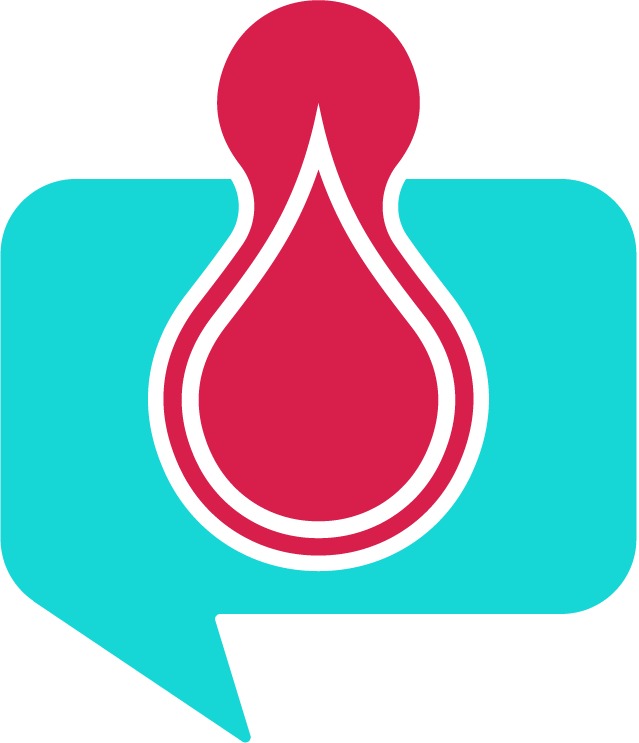Heart Attack
What is Heart Attack?
Heart Attack or Myocardial infarction (MI), is damage or death of part of the heart muscle. The damage is caused by lack of blood flow through the coronary arteries. Almost all cases of MI occur in someone who has an underlying condition called coronary artery disease.
In coronary artery disease, the coronary arteries become narrowed by fatty deposits called plaques. The fatty plaques inside the coronary arteries limit blood flow to the heart muscle. This can cause pain or tightness in the chest, which is called heart attack.
What are the risk factors?
- Smoking
- High blood pressure
- High cholesterol
- Diabetes
What are the symptoms?
- Chest pain or discomfort (pressure, tightness, or squeezing).
- Pain spreading through the chest and other areas of the body, including the upper abdomen, shoulders, arms, neck and throat, or lower jaw and teeth.
- Pain coming on gradually and lasting more than a few seconds.
- Shortness of breath.
- Nausea, vomiting, or belching.
- Sweating.
- Palpitations (skipped heart beats).
- Lightheadedness.
- Feeling tired.
- Fainting.
What are the diagnostic tests?
- ECG
- Blood tests to check cardiac enzymes or proteins.
What is the treatment?
There are different types of myocardial infarction (MI), based on what is seen on the ECG. Your treatment will depend upon the type of MI you have.
Initial Treatment:
- Oxygen (To support breathing)
- Nitroglycerin (To open block arteries)
- Morphine (To relief pain)
- Aspirin (To prevent formation of new clots)
- Beta Blockers (To slow the heart rate)
Further treatment decisions are based on your symptoms or type of Heart attack you have:
- You may be discharged on medicines that control your symptoms.
- You may need one or more procedures, including coronary artery stenting or surgery.
You should take your medications exactly as directed; if you have side effects or questions about your medications, call your doctor before stopping or changing your dose. These medications can include:
- Aspirin helps prevent future blood clots and decreases the risk of death after a heart attack.
- Antiplatelet drugs such as clopidogrel, ticagrelor, or prasugrel are given to people who have had a stent placed or received clot-busting drugs to open a blocked artery.
- A beta blocker (examples: metoprolol or atenolol) is a medication that protects your heart from stress and can prevent future heart attacks. It can slow your heart rate.
- Nitrates (examples: isosorbide dinitrate, nitroglycerin patch, pills, or spray) are medications that widen (dilate) coronary blood vessels, bringing more blood to the heart muscle, and are used to treat or prevent chest pain.
- An ACE inhibitor (example: lisinopril) can help your heart work better after a heart attack and decrease the amount of damage from a heart attack; it may also help prevent heart failure. ACE inhibitors also lower blood pressure.
- A statin (examples: atorvastatin, rosuvastatin) is a medication that helps to lower bad cholesterol (LDL-cholesterol) levels and can help prevent another heart attack or stroke. Because statins help stabilize fatty deposits inside the arteries that can cause heart attacks, they are often given in high doses after a heart attack, even to people whose cholesterol levels are normal or low.
Medications after a heart attack are important. To help you take them correctly, keep a current list of their names and how many times per day you take them.
Care at home after a heart attack:
Reduce risk factors — Reducing or eliminating risk factors can be helpful, even if you already have heart disease or had a heart attack.
- Stop smoking
- Treat high blood pressure
- Treat high cholesterol
- Manage diabetes
- Dietary counseling
- Psychosocial treatment
People who have had a heart attack are encouraged to participate in a structured cardiac rehabilitation (cardiac rehab) program. The program can improve your heart’s ability to function, lower your heart rate, and reduce your risk of dying or developing complications from heart disease.
There are three parts to cardiac rehabilitation:
- Exercise
- Reduce risk factors
- Deal with stress, anxiety, and depression

